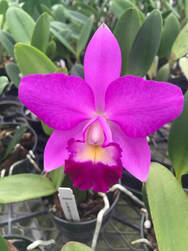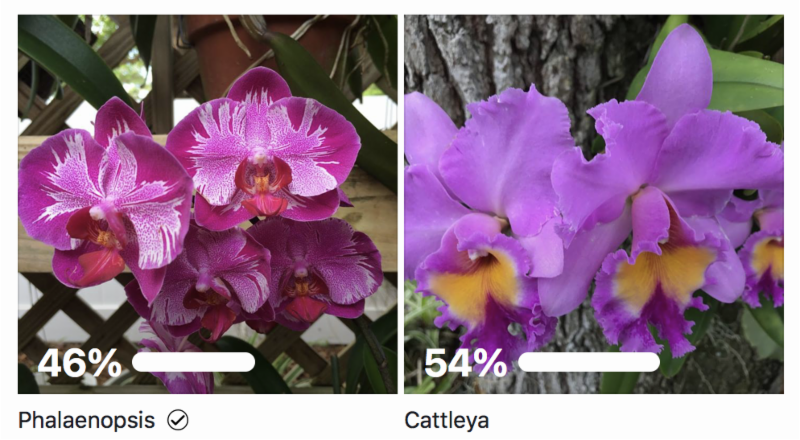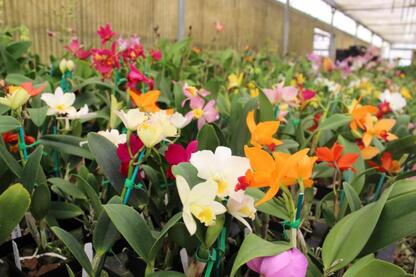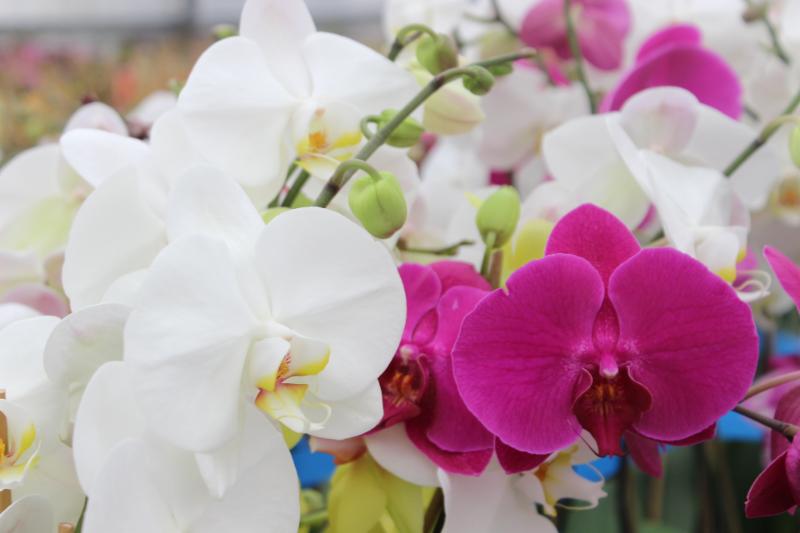|
Better-GroOrchidBlog
We recently polled our Facebook fans and asked the question, “What's easier to grow - a Phalaenopsis or a Cattleya?” To our surprise, the results were almost a tie. 46% of our fans voted for the long-lasting moth orchid (Phalaenopsis) while 54% voted for the showy Cattleya. As with any plant, growing success depends on just the right amount of water, adequate lighting, the correct potting mix and access to nutrients. So, we thought we’d explore what it takes to grow both plants. Our beginners can give both plants a try, and our experienced orchid collectors may make a few changes to their collection.  Caring for a Phalaenopsis Light: Phalaenopsis plants prefer indirect sunlight and will also respond well to fluorescent grow lights. An Eastern-facing window is ideal or if you plan to put your orchid outdoors be sure it is filtered light. Direct sunlight can scorch the leaves leaving large round unsightly burns. Water: The Phalaenopsis is not equipped to store water like other orchid varieties which is why it is important to water your plants weekly. Water should run through the pot so that the orchid medium can soak up and retain that moisture. If you are using a plant liner or plant saucer, be sure to drain all the water so that your orchid is not sitting in water which can lead to root rot. Temperature: During the spring and summer months, Phalaenopsis plants prefer warm temperatures in the 75-85 F degree range. However, if you are keeping your Phalaenopsis plants indoors, they will adapt to cooler temperatures. To bloom each spring, Phalaenopsis plants prefer a drop in temperature to spur flower spikes. Potting Medium: Phalaenopsis plants can be grown in various types of orchid media. They do well with mixtures of bark, perlite and charcoal. This medium will retain just the right amount of moisture needed.  Cattleya Care Light: Just like the Phalaenopsis, the Cattleya can be grown indoors with artificial lighting or with indirect sunlight from an Eastern-facing window or filtered Southern exposure window. Water: The Cattleya is able to store water in its pseudobulbs therefore it can go for a longer period of time without water by using its natural water storage. However, it is best to water your plant weekly and be sure the water has completely drained from the pot. Temperatures: Most cattleyas prefer temperatures in the 70-80 F degree range, but in the summer time they can tolerate temperatures into the 90s as long as the plant receives sufficient water and air flow. During the winter, they can handle dips into the 50s. Potting Medium: Cattleyas will grow will in a variety of different media including tree bark, coconut husks, sphagnum moss and even lava rock. When selecting the medium for your plants consider your local humidity and watering routine. Comments are closed.
|
Resources
|
Company |
|



